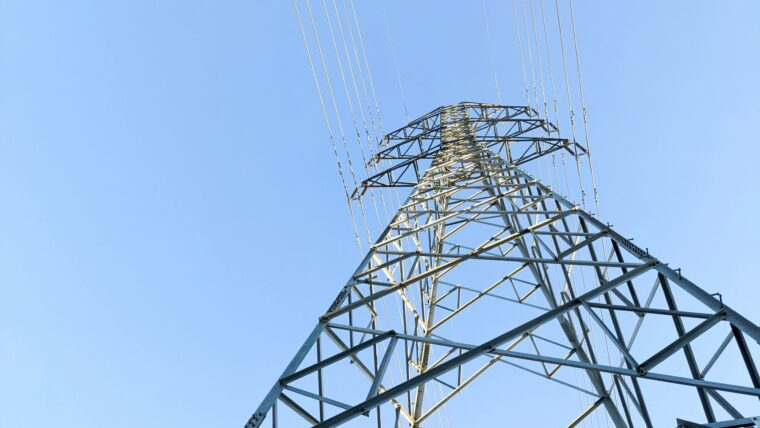
The U.S. Department of Defense (DoD) has issued a Request for Information (RFI) to perform market research on establishing one of the largest public-private partnerships (P3) in history. The Department of the Air Force is looking for partners to create the Defense Energy Consortium (DECo), a P3 that will help manage the department’s energy resilience requirements to support national security missions. The RFI will close Sept. 5, 2024.
Currently, DoD installations rely on off-site energy providers to support air, sea, space and cyberspace initiatives. These partnerships expose the DoD operations to disruptions from maintenance issues, extreme weather and cyberattacks that could threaten national security. The Air Force has already identified approximately 4,000 energy resilience gaps at installations that must be mitigated as quickly and cost-efficiently as possible. The size and scale of the DoD’s energy infrastructure needs will demand an unheard-of investment in a P3 to manage it.
The DoD will create a Consortium Management Organization (CMO) to manage the DECo and work at the required scale and speed for achieving 99.9% energy resilience for all mission critical loads by 2030. CMOs are legal entities comprised of small businesses, defense contractors, utilities, financiers and others dedicated to achieving energy independence.
The P3 will be responsible for building, financing, operating and maintaining the DAF’s energy infrastructure on a global scale. This includes accessing innovative technologies, deploying commercial off-the-shelf technologies and implementing novel business models to accommodate prototype projects and strategies.
Plans include investing in energy resilience technologies to help harden and improve energy distribution infrastructure. These technologies include:
Utility-scale geothermal energy.
Advanced nuclear generation.
Microgrids.
Long duration energy storage.
Fuel-flexible backup generation.
Cybersecure and dispatchable onsite generation.
Tidal and wave technologies.
Geologic hydrogen.
Advanced lighting controls.
High-performance cooling systems.
Waste-heat recovery systems.
The P3 will develop climate resilience technologies to withstand droughts and extreme weather. These solutions will support advanced, climate-resilient water, stormwater and wastewater management systems and associated technologies that will keep mission critical facilities functional. Plans also include investing in cybersecurity technologies for building energy management communications systems, advanced building energy efficiency and building construction techniques and technologies.
The organization will demonstrate the operational effectiveness and utility of energy resilient technologies for national defense. The P3 will also invest in energy services process prototypes to integrate energy services that will support reliable and resilient energy cost-efficiency. These energy delivery chain prototypes will help handle:
Offsite commodity procurement.
Onsite distribution infrastructure upgrades.
Behind-the-meter generation assets.
Building envelopes.
Building heating, cooling and electricity loads.
The post Defense Department to establish P3 to advance, manage global energy infrastructure appeared first on Government Market News.
